Fake History: ‘Historic’ Showgirl Sign isn’t the Original
Posted on: January 30, 2023, 01:22h.
Last updated on: January 31, 2023, 03:14h.
One small detail was missing from reports this weekend that “the famous Lido de Paris sign” – from the very first showgirl show on the Las Vegas Strip – is about to be relit by the Neon Museum for the first time since the show closed in 1991.
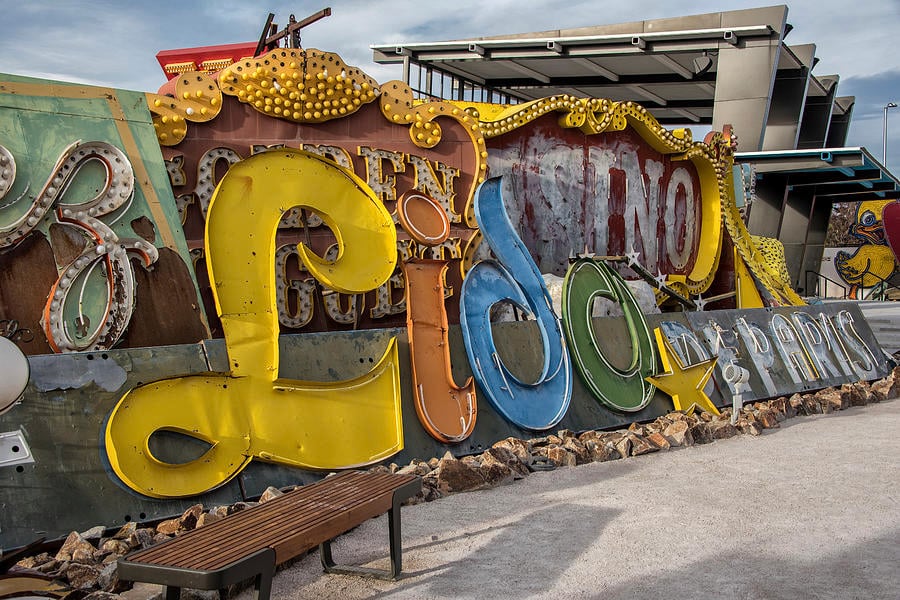
It’s not the famous sign, because it was never displayed on the exterior of the Stardust casino or on any of its Las Vegas Strip marquees.
This isn’t meant to disparage the painstaking restoration work conducted by the family-owned Hartlauer Signs of Las Vegas, or the generous gift funding it from local philanthropist Todd VonBastiaans. However, this 56-foot-long sign is from a billboard.
The Lido de Paris sign at the Neon Museum contains a mounting frame at the back of the sign that confirms it was used as a billboard, although there is no documented information nor imagery to prove where this may have been located,” read an email to Casino.org from Emily Fellmer, the museum’s senior collections manager. “It was likely made in the late 1960s, when billboards were still a major way of promoting locations to drivers coming into Las Vegas.”
Fellmer’s email also confirmed Casino.org‘s suspicion that its main Stardust sign – which contains red lettering that never appeared on the building or the main marquee – also came from a billboard.
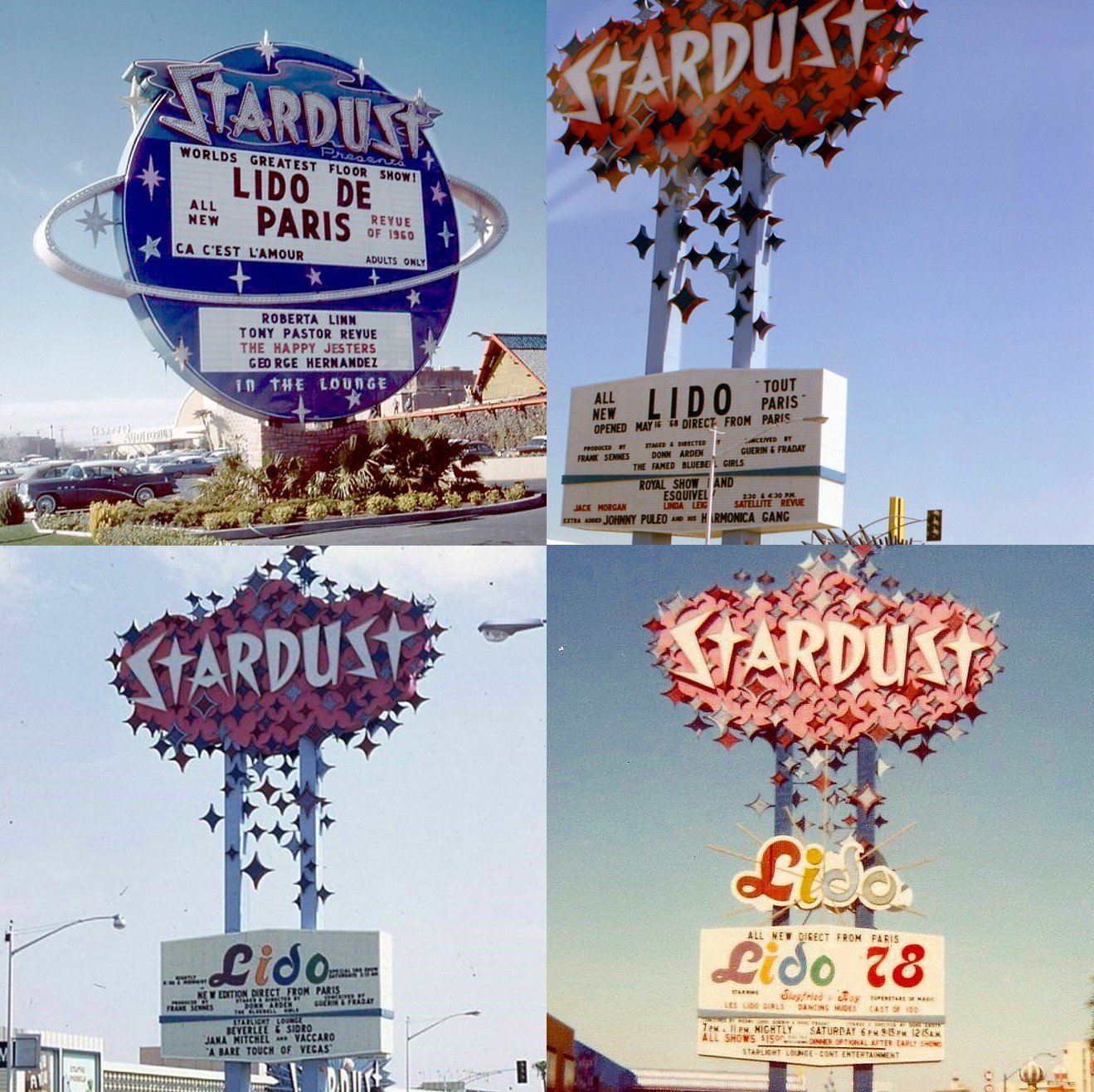
The Neon Museum’s “Lido de Paris” billboard sign is slated to be relit at an invitation-only ceremony at sunset on Thursday, February 2 at the Neon Museum, 770 Las Vegas Blvd. North. Guests will include Las Vegas Mayor Carolyn Goodman and the surviving cast and crew of the “Lido de Paris” show. It will be the museum’s 23rd illuminated sign on display in their back lot, known as the Neon Boneyard.
No Disputing Show’s Historicity
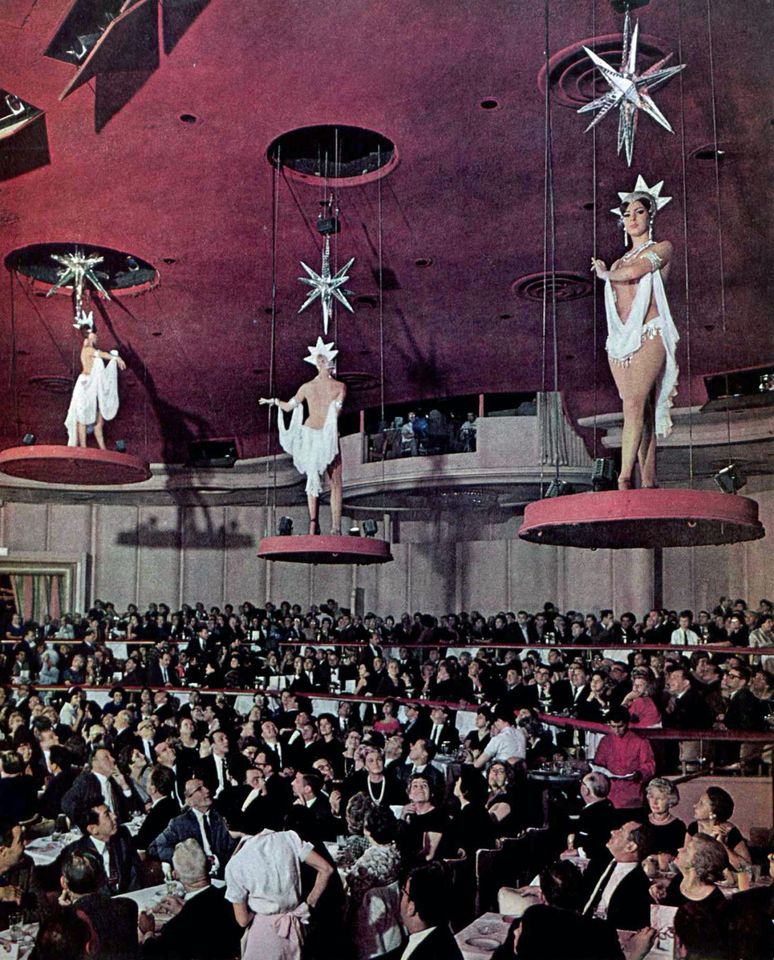
Opening along with the Stardust on July 2, 1958, the “Lido de Paris” was the first official showgirl show on the Strip, defining the showgirl as an icon of Las Vegas culture. An offshoot of the original “Lido” – which still runs in Paris after nearly 95 years – it was the brainchild of choreographer Donn Arden, who imported the first cast to Vegas directly from Paris. In the ensuing years, Americans took over the roles.
At the time, Las Vegas featured plenty of burlesque shows. But “Lido de Paris” introduced mainstream respectability to the format by having its topless dancers perform, as part of a variety-show format, in splashy extravaganzas reproducing the MGM Hollywood musicals of the day. The show also featured singers, jugglers, animal acts, slapstick comics, and live orchestras or bands.
The success of “Lido de Paris” led every major casino hotel to open its own showgirl show. In 1959, the Tropicana debuted “Folies Bergère” and El Rancho Vegas debuted “La Nouvelle Eve.” In 1963, the Dunes debuted “Casino de Paris.” In 1968, the Desert Inn debuted “Pzazz!” And, in 1974, the MGM Grand debuted “Hallelujah Hollywood.” The last showgirl show to open – “Jubilee!” at Bally’s in 1981 — was also the last to close, in 2016.
After playing to more than 19 million guests over 22K performances, the “Lido de Paris” closed on Feb. 28, 1991. Its final curtain call was taken by 400 then-current and former showgirls in front of a VIP crowd that included illusionists Siegfried and Roy, who launched their Vegas career as one of the show’s aforementioned animal acts in the early ’70s.
The Stardust replaced “Lido de Paris” with a forgettable ’90s revue called “Enter the Night,” featuring a Sting impersonator and hip-hop dancing. While the “Lido de Paris’” 32-year run was impressive, it was bested by “Folies Bergère,” which ran for 50 years before closing in 2009.
Though the official reason given for the closure of “Lido de Paris” was a desire to modernize by the Stardust’s final owner, Boyd Gaming, the real reason was the enormous expense of producing the show. More than $6 million a year was spent on costumes, sets, props, payroll, and licensing rights from the original Paris show.
Back then, all shows were produced by the resorts themselves. It wasn’t until the ’80s that corporate casino owners hit upon the now-standard practice of renting out their venues to independent producers.
The Stardust was imploded on March 13, 2007. But the “Lido de Paris” is remembered in every performance of Katy Perry’s “Play” residency at Resorts World – located on the former site of the Stardust – when the pop superstar recalls visiting her grandmother, Ann Pearl Hudson. At the same time, she worked backstage at the “Lido de Paris” as a seamstress.
Related News Articles
VEGAS MYTHS RE-BUSTED: Howard Hughes Bought Silver Slipper Just to Dim its Sign
7 Places Where You Can Still Experience Classic Las Vegas
Vegas Vic Sign Comes Slowly Back to Light
Most Popular
LOST VEGAS: ‘Tony The Ant’ Spilotro’s Circus Circus Gift Shop
Las Vegas Overstated F1 Race’s Vegas Impact — Report
Mega Millions Reportedly Mulling Substantial Ticket Price Increase
NoMad Hotel to Check Out of Park MGM on Las Vegas Strip
Most Commented
-
End of the Line for Las Vegas Monorail
— April 5, 2024 — 90 Comments -
Mega Millions Reportedly Mulling Substantial Ticket Price Increase
— April 16, 2024 — 8 Comments -
Long Island Casino Opponents Love New York Licensing Delays
— March 27, 2024 — 5 Comments
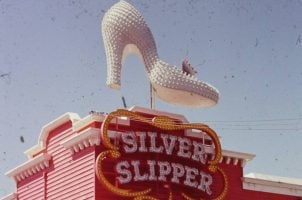
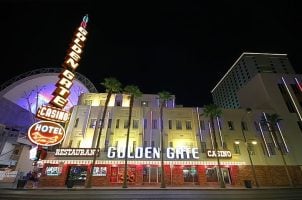
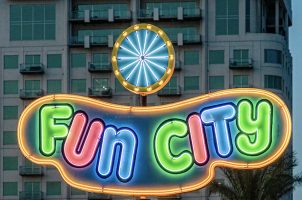









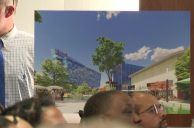

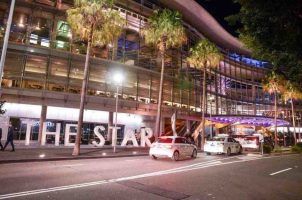

Last Comments ( 2 )
Wherever its original location, having been from the 1960s, it actually is historic :)
Seems like a bunch of money thrown at something without a pedigree.